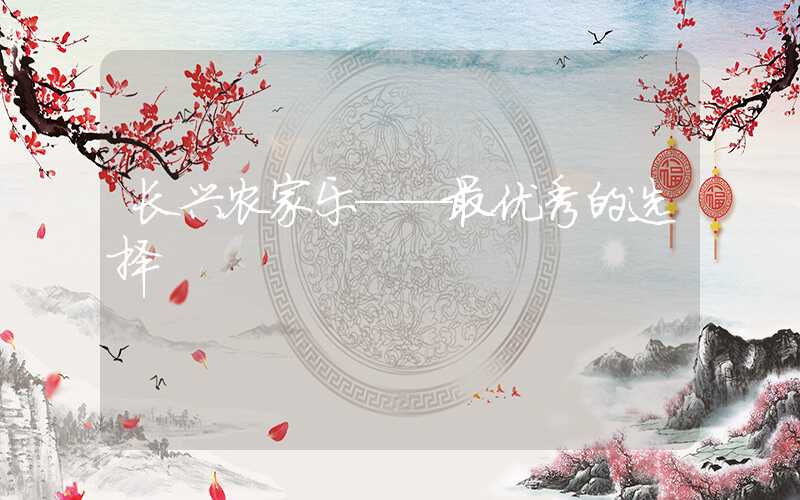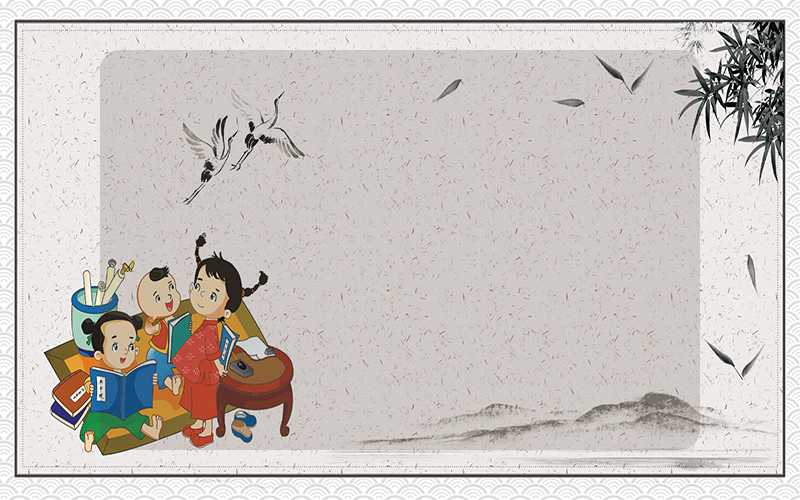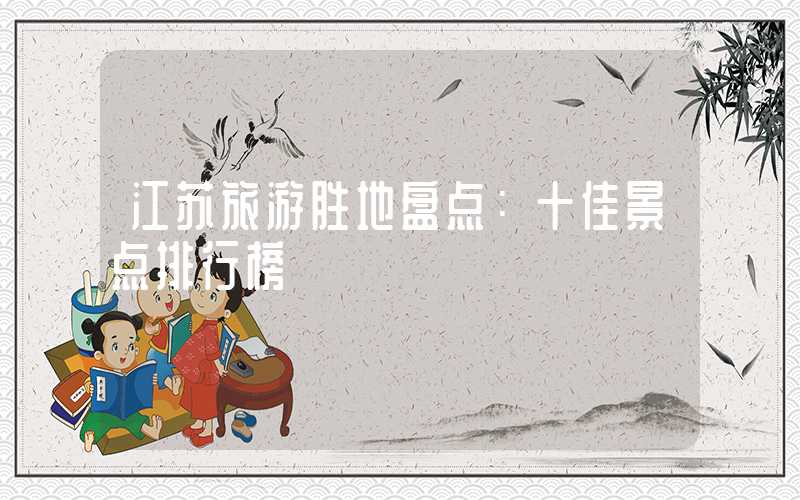Long known for its rich history and cultural heritage, Changsha has been a prominent tourist destination for years. From its ancient relics to its modern landmarks, the city offers a plethora of attractions that will take visitors on a journey through time. In this article, we are going to explore the top ten must-see historical and cultural sites in Changsha, each boasting unique charms and stories that will leave you in awe.
I. Orange Island Park: Nature Beauty and Historical Reminiscence
Located in the heart of the Xiang River, Orange Island Park has a long history dating back to the Three Kingdoms period. It was named after a local hero who fought against an invading army and saved the city from dangers. Today, the park is renowned for its picturesque natural scenery, where visitors can stroll along the riverside and take in the fresh air, or admire the historic buildings and statues dotted around the park.
II. Yuelu Mountain: A Fusion of Nature and Culture
Stretching for over 20 kilometers, Yuelu Mountain is an iconic landmark of Changsha and a symbol of the city's cultural heritage. It boasts a natural landscape of mountains, rivers, and trees, as well as a plethora of historic sites and cultural institutions, including Yuelu Academy, the oldest institution of learning in Hunan Province, and the Yuelu Academy Museum, showcasing a wide range of cultural relics and artworks.
III. Mawangdui Han Tombs: The Mysteries of the Han Dynasty Unveiled
Constructed during the Western Han Dynasty over 2,000 years ago, the Mawangdui Han Tombs are considered among the most important archaeological discoveries of the 20th century. The tombs contain a vast collection of artifacts, including silk paintings, lacquer wares, and bamboo slips with ancient texts, providing unique insights into the daily life, customs, and beliefs of the Han people.
IV. Aiwan Pavilion: A Symbol of Literature and Art
Built in the Tang Dynasty, the Aiwan Pavilion was a hub for scholars and artists, hosting literary gatherings and artistic exhibitions throughout history. It was named after a famous poem by Du Fu, one of China's greatest poets, who visited Changsha during his exile and composed the famous work in this place. Today, the pavilion remains a popular attraction for its stunning architecture, serene atmosphere, and cultural programs.
V. Martyrs' Park: Honoring the Heroes of the Past
Located at the foot of Yuelu Mountain, Martyrs' Park is a tribute to the heroes who sacrificed their lives in the revolutionary struggles of China. The park features a monumental sculpture of Chairman Mao, as well as various monuments, memorials, and museums commemorating the martyrs and their contributions to the country's independence and prosperity.
VI. Kaifu Temple: A Sacred and Peaceful Sanctuary
Nested in the tranquil mountainside of Yuelu Mountain, Kaifu Temple is a serene and majestic Buddhist temple dating back to the Tang Dynasty. It boasts a collection of precious artifacts and religious relics, as well as a stunning pagoda, a serene pond, and a verdant garden. Visitors can enjoy the peace and silence of the sacred place, as well as join the local Buddhist community for prayers and meditation.
VII. Tianxin Pavilion: An Elegant and Refined Garden
Built in the Qing Dynasty, Tianxin Pavilion is a classical garden in the heart of Changsha, featuring a blend of artificial and natural elements in a harmonious way. It boasts a variety of landscapes, including rockeries, ponds, pavilions, bridges, and corridors, as well as a bamboo forest and a peony garden. Visitors can immerse themselves in the elegant and poetic atmosphere of the garden, and appreciate the beauty of nature and art.
VIII. Du Fu Thatched Cottage: The Home of a Great Poet
Located in the western suburbs of Changsha, the Du Fu Thatched Cottage is a historical site celebrating the life and works of Du Fu, one of the greatest poets in Chinese history. The cottage was built in his honor and reflects the simple and rustic life he lived during his stay in Changsha. The cottage features an impressive collection of poems, sculptures, and paintings, as well as a garden and a pond.
IX. Hunan Museum: A Gateway to Hunan's Cultural Legacy
Established in 1951, the Hunan Museum is one of the oldest and largest museums in China, dedicated to preserving and showcasing the cultural heritage of Hunan province. It houses a vast collection of artifacts, ranging from prehistoric fossils and ancient bronzes to rare porcelain and modern art. Visitors can learn about the history, art, and culture of Hunan, as well as appreciate the beauty and diversity of Chinese civilization.
X. Changsha Ferris Wheel: A Modern Landmark and a Panoramic View
Located in the heart of the city, the Changsha Ferris Wheel is a modern landmark and a popular attraction, offering visitors a stunning panoramic view of the cityscape. It stands at a height of 120 meters and has 48 passenger capsules, each providing a comfortable and safe ride. Visitors can enjoy the magnificence of Changsha at day or night, and create unforgettable memories of their trip.
In conclusion, Changsha's ten must-see historical and cultural sites offer visitors a kaleidoscopic view of the city's rich and diverse heritage, from its ancient relics to its modern landmarks. Whether you are a history buff, an art lover, or simply a curious traveler, these sites have something to offer for everyone. By visiting these sites, you will not only appreciate the beauty and significance of Changsha's cultural legacy, but also gain a deeper understanding of the country's history and civilization.










































